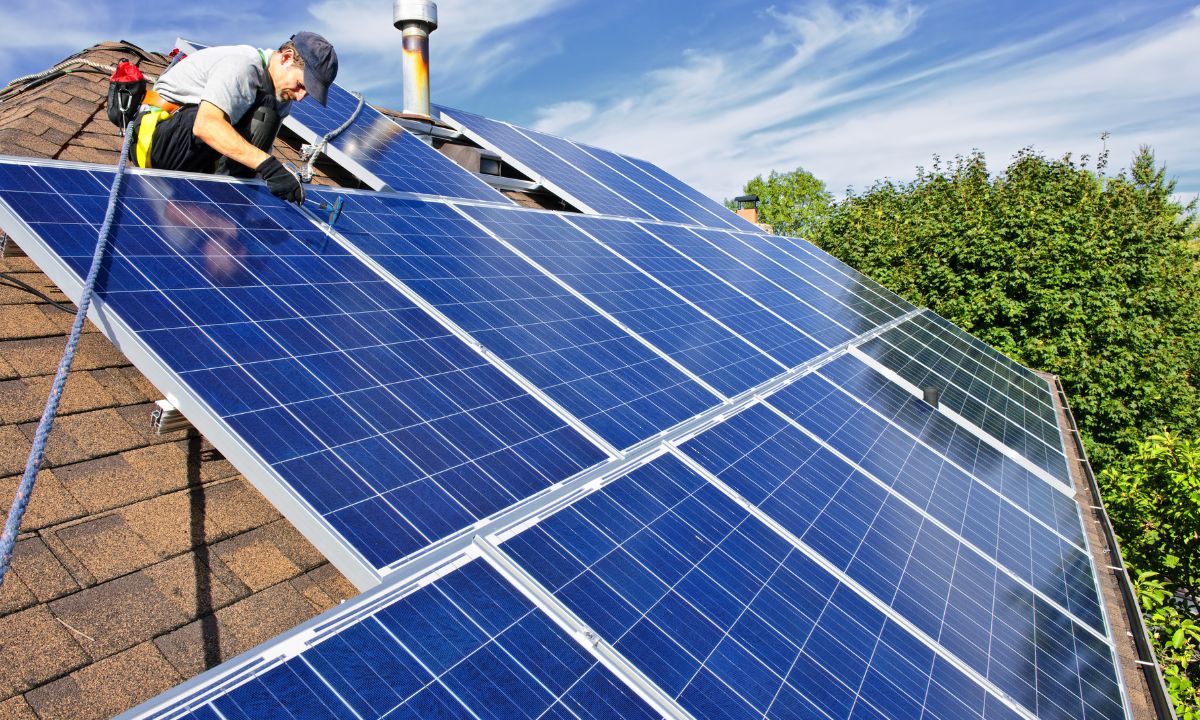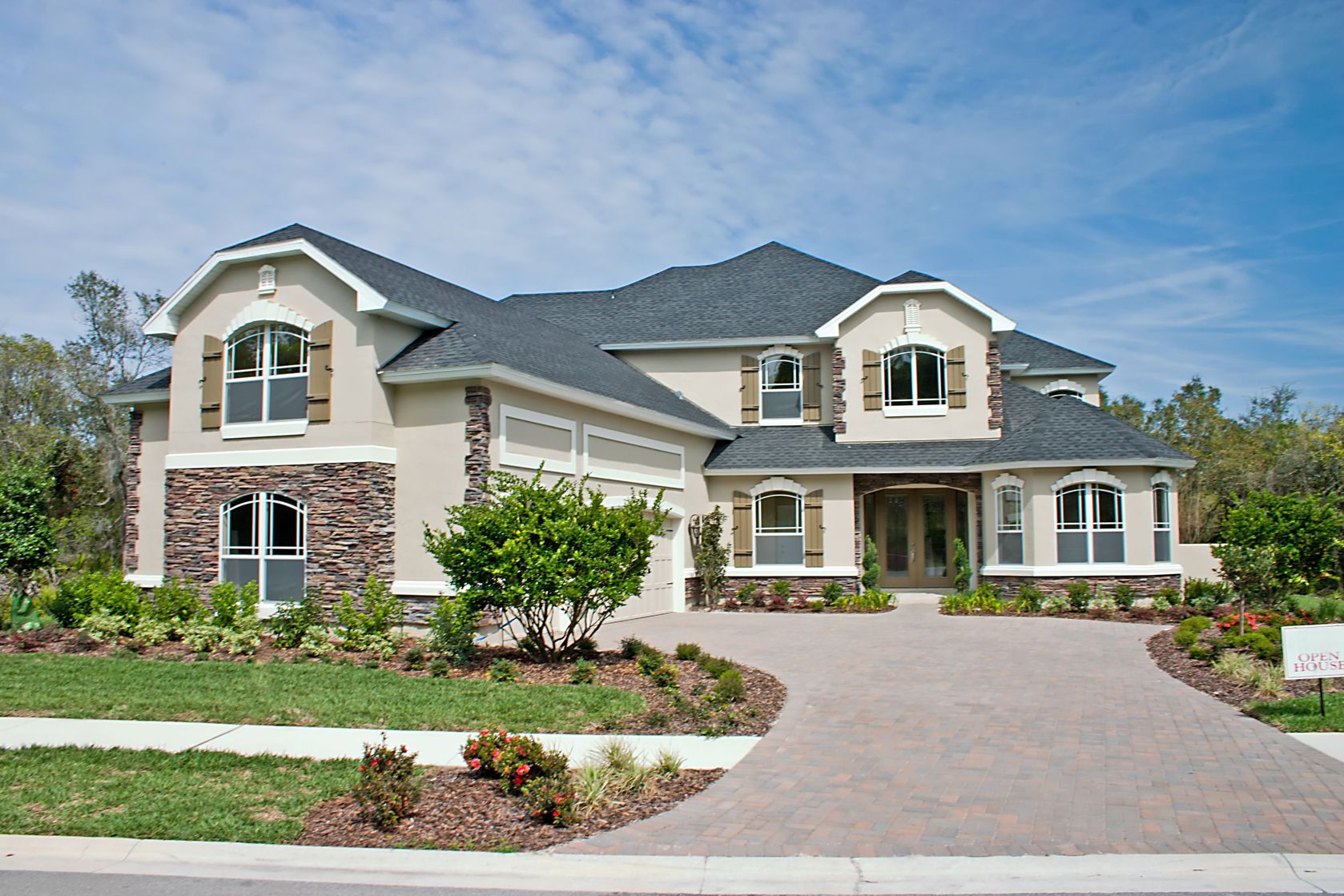 The real estate market is witnessing a rising trend: homes with dual kitchens. Once considered a luxury, dual kitchens are becoming a sought-after feature for buyers looking for functionality, convenience, and lifestyle adaptability. Whether it’s for multi-generational living, entertaining, or rental potential, homes with two kitchens are proving to be a smart investment.
The real estate market is witnessing a rising trend: homes with dual kitchens. Once considered a luxury, dual kitchens are becoming a sought-after feature for buyers looking for functionality, convenience, and lifestyle adaptability. Whether it’s for multi-generational living, entertaining, or rental potential, homes with two kitchens are proving to be a smart investment.
A dual kitchen home features two separate cooking areas, which may include a primary kitchen and a secondary kitchen, also known as a prep kitchen, spice kitchen, or butler’s kitchen. These kitchens may be fully equipped or designed for specialized use, depending on the homeowner’s needs.
The increasing demand for dual kitchens is driven by several factors, including lifestyle changes, cultural preferences, and investment potential.
- Multi-Generational Living: With more families choosing to live together under one roof, dual kitchens offer a way for different generations to maintain independence while sharing a home. Parents, adult children, or extended family members can have their own space to cook and eat, creating a harmonious living arrangement.
- Enhanced Cooking and Entertaining Experience: For homeowners who love to entertain, an additional kitchen provides extra prep space and allows for seamless hosting. The main kitchen remains presentable for guests while the secondary kitchen handles cooking and cleanup. This setup is particularly appealing to those who frequently host gatherings or formal events.
- Cultural and Culinary Preferences: Many cultures place a strong emphasis on home cooking and require separate spaces for preparing certain types of food. A spice kitchen, for example, is popular among homeowners who cook with strong aromas and want to keep the main living areas free from lingering smells.
- Increased Home Value and Rental Potential: Homes with dual kitchens often attract higher resale values due to their versatility. They are particularly appealing for:
- Investors looking to create rental opportunities: A separate kitchen makes it easier to rent out part of the home while maintaining privacy.
- Short-term rental potential: Homeowners who list part of their home on platforms like Airbnb can offer a fully independent living space.
- Greater Convenience for Busy Households: Larger families or those with different schedules benefit from having two kitchens to avoid overcrowding in the main cooking area. It provides more efficiency for meal prep, storage, and cleanup.
If you’re in the market for a home with two kitchens, here are some key considerations:
- Local zoning laws: Some areas have regulations on homes with multiple kitchens, especially for rental purposes.
- Plumbing and electrical capacity: A second kitchen requires adequate infrastructure to support additional appliances and fixtures.
- Resale market demand: While dual kitchens are gaining popularity, understanding the demand in your specific location is important for long-term value.
The demand for homes with dual kitchens is steadily rising, offering increased flexibility, enhanced lifestyle benefits, and strong resale value. Whether you’re a homebuyer seeking functionality or an investor looking for rental opportunities, this feature could be a valuable addition to your property search.
 Buying a home is an exciting adventure, but it’s crucial to understand all the financial aspects involved to make the process smoother. Beyond your down payment and closing costs, there are several pre-paid costs that you’ll need to address at closing. These pre-paid costs are essential to consider as you plan your home purchase. Here’s a comprehensive guide to help you understand these costs and prepare effectively.
Buying a home is an exciting adventure, but it’s crucial to understand all the financial aspects involved to make the process smoother. Beyond your down payment and closing costs, there are several pre-paid costs that you’ll need to address at closing. These pre-paid costs are essential to consider as you plan your home purchase. Here’s a comprehensive guide to help you understand these costs and prepare effectively. Purchasing your first home is an exciting milestone, but it can also feel overwhelming without a clear plan. With so many moving parts, from financial prep to evaluating potential homes, having a comprehensive checklist can help simplify the process. Here’s everything you need to consider to make your home-buying journey smoother and more successful:
Purchasing your first home is an exciting milestone, but it can also feel overwhelming without a clear plan. With so many moving parts, from financial prep to evaluating potential homes, having a comprehensive checklist can help simplify the process. Here’s everything you need to consider to make your home-buying journey smoother and more successful: Home upgrades not only enhance your living experience but can also significantly boost your property’s value. Whether you’re looking to enjoy your home for years to come or planning to put it on the market, certain improvements can offer substantial returns on investment. Here are the top five home upgrades that are proven to increase your home’s value and appeal.
Home upgrades not only enhance your living experience but can also significantly boost your property’s value. Whether you’re looking to enjoy your home for years to come or planning to put it on the market, certain improvements can offer substantial returns on investment. Here are the top five home upgrades that are proven to increase your home’s value and appeal. Buying a home is often one of life’s biggest milestones, marking the start of a new chapter filled with dreams and possibilities. However, beneath the surface of this excitement lies a crucial decision-making process, especially when it comes to the structural integrity of the property. Foundation issues can be daunting, but with the right knowledge and approach, they need not be a deal-breaker. This article with help you understand the risks associated with buying a home with foundation issues, while also exploring the positive aspects of this journey.
Buying a home is often one of life’s biggest milestones, marking the start of a new chapter filled with dreams and possibilities. However, beneath the surface of this excitement lies a crucial decision-making process, especially when it comes to the structural integrity of the property. Foundation issues can be daunting, but with the right knowledge and approach, they need not be a deal-breaker. This article with help you understand the risks associated with buying a home with foundation issues, while also exploring the positive aspects of this journey. According to the Case-Shiller National Home Price Index for June, Seattle, Washington continued to lead home price growth for the tenth consecutive month with a June reading of 13.40 percent growth year-over-year. Portland Oregon held second place for home price growth in the 20-City Home Price Index in June but trailed Seattle by 5.20 percent with 8.20 percent year-over-year home price growth. Dallas Texas held third place with a year-over-year home price growth rate of 7.70 percent. The 20-City Home Price Index increased by 5.70 percent year-over-year and was unchanged from May’s reading.
According to the Case-Shiller National Home Price Index for June, Seattle, Washington continued to lead home price growth for the tenth consecutive month with a June reading of 13.40 percent growth year-over-year. Portland Oregon held second place for home price growth in the 20-City Home Price Index in June but trailed Seattle by 5.20 percent with 8.20 percent year-over-year home price growth. Dallas Texas held third place with a year-over-year home price growth rate of 7.70 percent. The 20-City Home Price Index increased by 5.70 percent year-over-year and was unchanged from May’s reading.